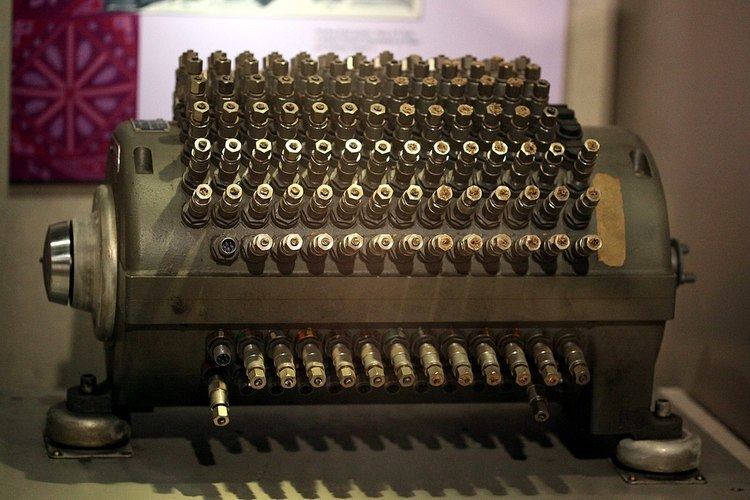 | ||
The ILLIAC I (Illinois Automatic Computer), a pioneering computer built in 1952 by the University of Illinois, was the first computer built and owned entirely by a US educational institution.
The project was the brainchild of Ralph Meagher and Abraham H. Taub, who both were associated with Princeton's Institute for Advanced Study before coming to the University of Illinois. The ILLIAC I became operational on September 1, 1952. It was the second of two identical computers, the first of which was ORDVAC, also built at the University of Illinois. These two machines were the first pair of machines to run the same instruction set.
ILLIAC I was based on the IAS Von Neumann architecture as described by mathematician John von Neumann in his influential First Draft of a Report on the EDVAC. Unlike most computers of its era, the ILLIAC I and ORDVAC computers were twin copies of the same design, with software compatibility. The computer had 2,800 vacuum tubes, measured 10 ft (3 m) by 2 ft (0.6 m) by 8½ ft (2.6 m) (L×B×H), and weighed 5 tons (4.5 t). ILLIAC I was very powerful for its time; in 1956 it had more computing power than all of Bell Labs.
Because the lifetime of the tubes within ILLIAC was about a year, the machine was shut down every day for "preventive maintenance" when older vacuum tubes would be replaced in order to increase reliability. Visiting scholars from Japan assisted in the design of the ILLIAC series of computers, and later developed the MUSASINO-1 computer in Japan. ILLIAC I was retired in 1962, when the ILLIAC II became operational.
